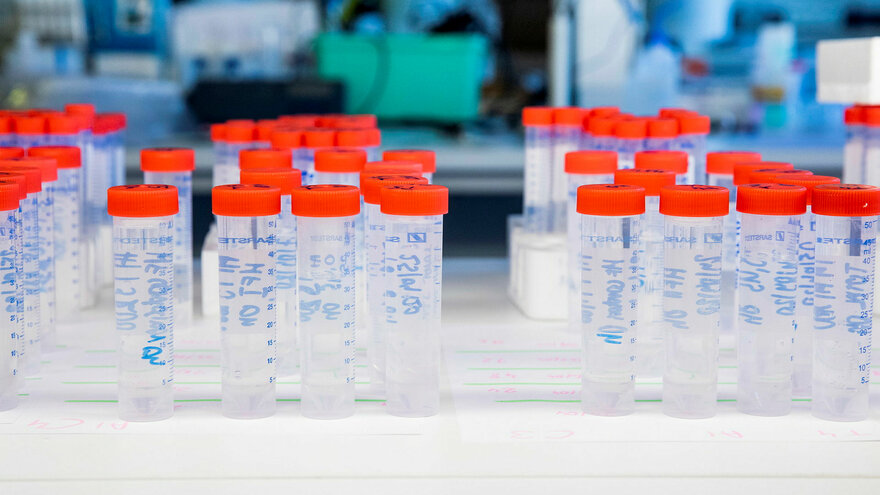The Isotope Laboratory

About us
The Isotope Laboratory at NMBU started working with radioactive tracers in environmental research in 1951 and has been doing it since.
The Isotope Laboratory contains C laboratories and one B classified laboratory.
We can assist users with advanced experiments using radioactive tracers and advanced instruments for sample measurements.
Our research encompasses man-made as well as naturally-occurring radionuclides, released in the past or the present.
Centre for Environmental Radioactivity (CERAD)Booking, research and collaboration
Key research areas
Lab and equipment
Education and training
Adress
Postal address : Gateadresse, 1430 Ås, Postadresse : Postboks nummer 1430 Ås